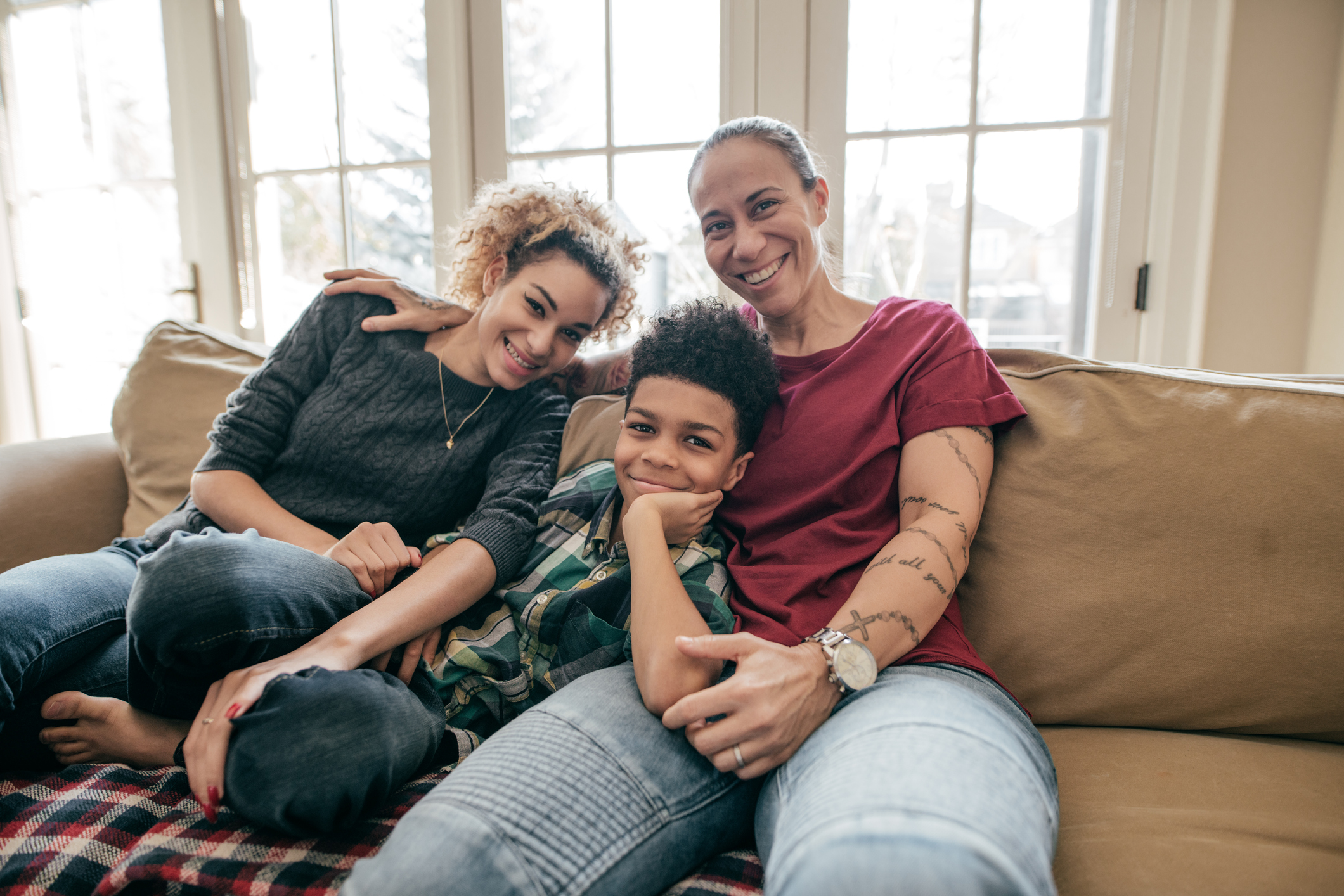Scientists at Oregon Health & Science University (OHSU) have released new research that signals a future where LGBTQ+ couples can have biological children with the help of IVG.
IVG, or in vitro gametogenesis, is a new technique that transforms a skin cell into a viable egg.
Scientists at OHSU managed to take a nucleus out of a mouse’s skin cell and put it into a different egg cell. They then changed the nucleus so it had half as many chromosomes as before. This step is what differentiates this method from cloning as it allows DNA from two different donors to be used, while cloning only uses DNA from one donor.
After that, the egg is fertilized with sperm, a process commonly known as in vitro fertilization. This creates an embryo with two full sets of chromosomes, meaning the baby mouse will have an equal mix of genes from both its parents.
“The goal is to produce eggs for patients who don’t have their own eggs,” said Shoukhrat Mitalipov, Ph.D., director of the OHSU Center for Embryonic Cell and Gene Therapy and professor of Obstetrics and Gynecology and Molecular and Cellular Biosciences, in the OHSU School of Medicine.
According to the research, “The technique could be used by women of advanced maternal age or those who are unable to produce viable eggs due to previous treatment for cancer or other causes.”
Researchers are studying this technique on human eggs, though this technique requires many more years of research before it will become an option.
“This gives us a lot of insight,” said Paula Amato, professor of obstetrics and gynecology at the OHSU School of Medicine. But there is still a lot of work that needs to be done to understand how these chromosomes pair and how they faithfully divide to reproduce what happens in nature.”


What Do You Think?